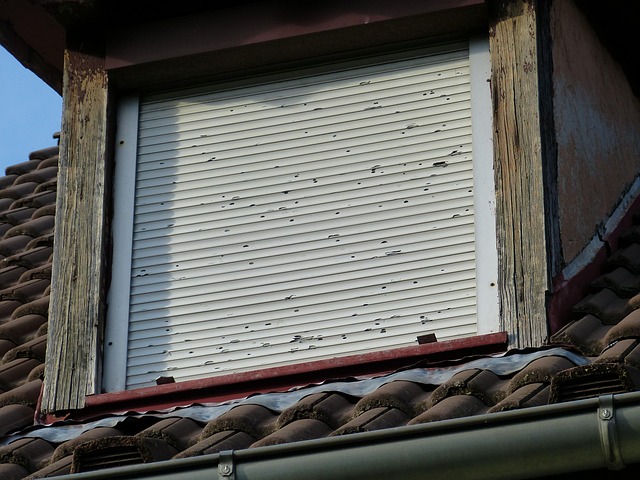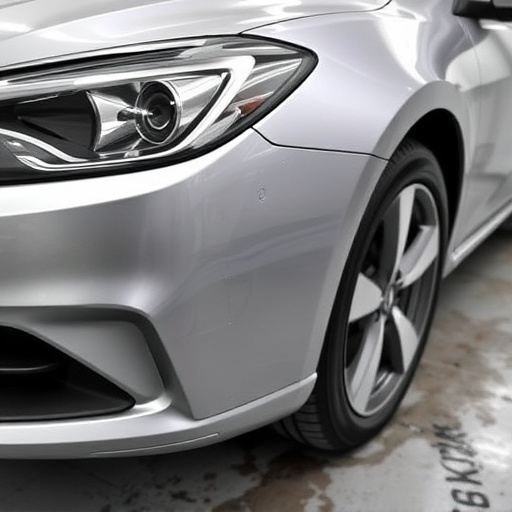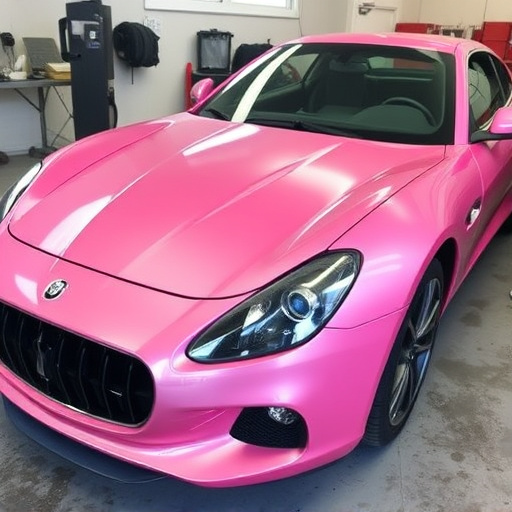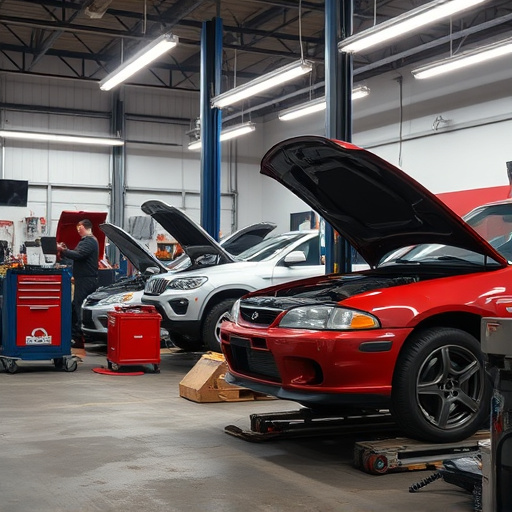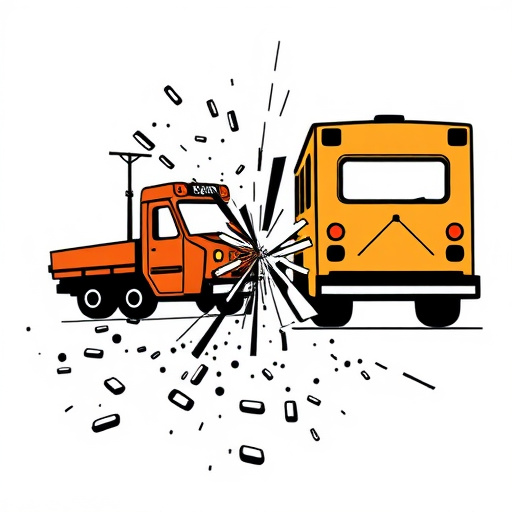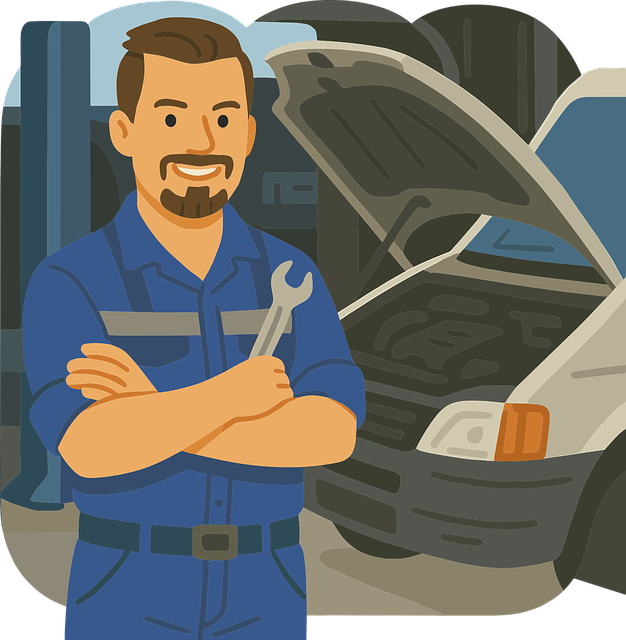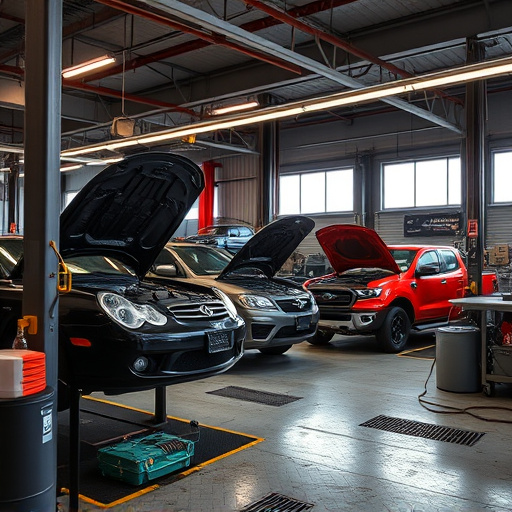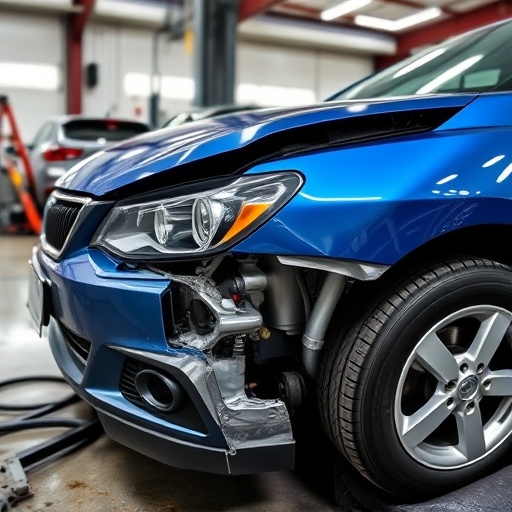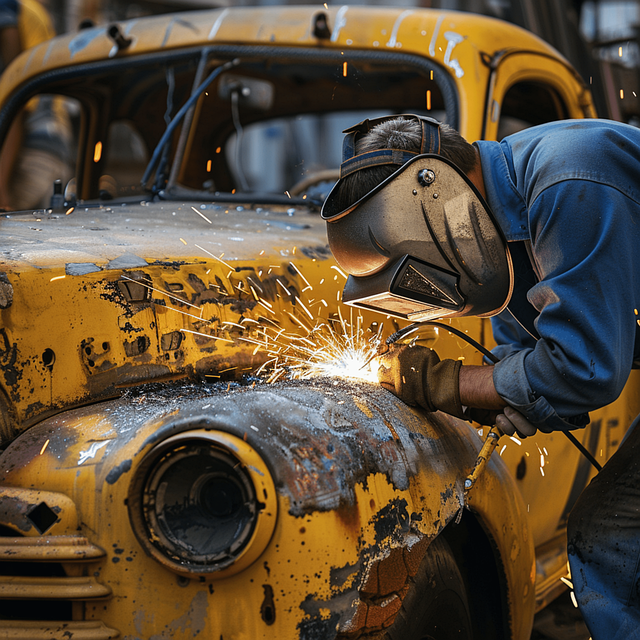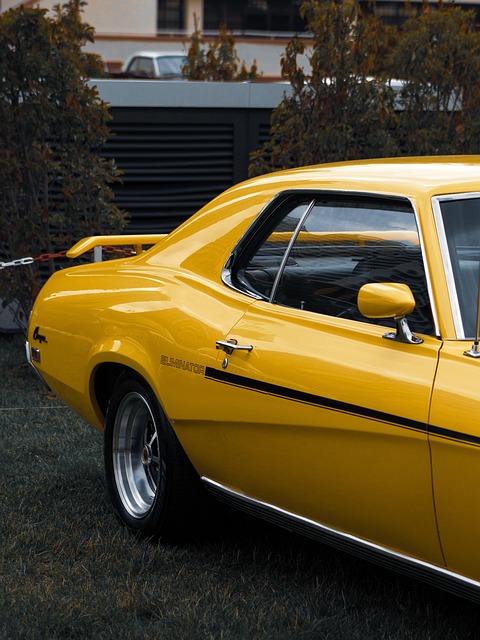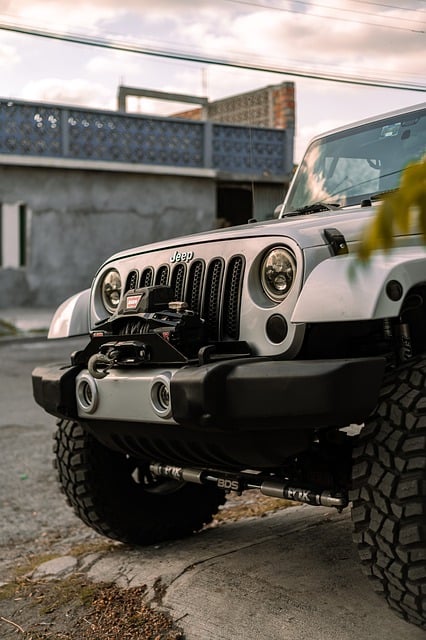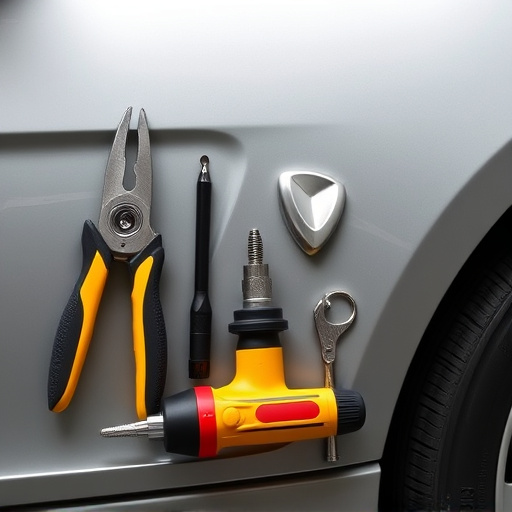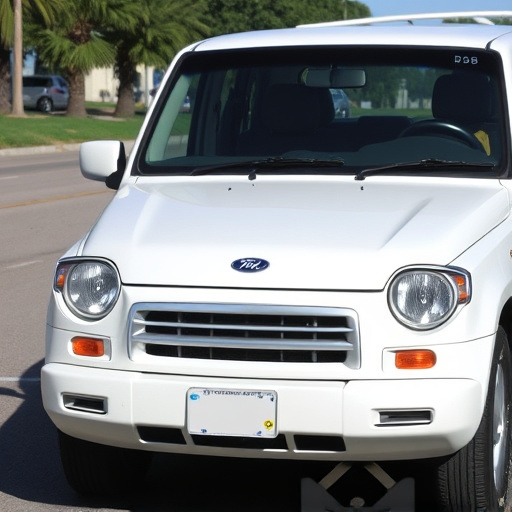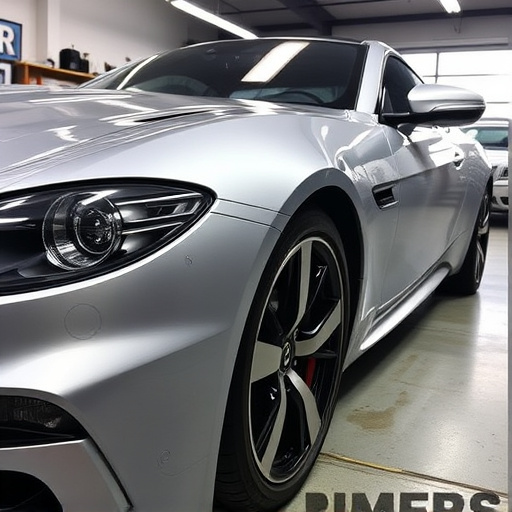Loaner vehicle collision repair for electric and hybrid cars requires specialized multi-step processes, focusing on meticulous inspections and tailored repairs while preserving advanced technology and safety features. Shops must invest in specialized tools, certified technicians, and state-of-the-art equipment to address unique challenges. Efficient operations with structured systems, regular maintenance, swift dent removal, and well-maintained loaner fleet vehicles enhance customer satisfaction.
Loaner vehicle collision repair is a critical aspect of ensuring smooth operations for auto shops, especially when dealing with electric and hybrid vehicles. This article explores the intricate processes behind loaner vehicle management, delving into the unique challenges posed by electric/hybrid repairs and offering practical solutions. From understanding the repair processes to implementing efficient service operations, we provide insights that streamline loaner services, minimizing downtime and enhancing customer satisfaction in the ever-evolving automotive landscape.
- Understanding Loaner Vehicle Collision Repair Processes
- Challenges and Solutions in Electric/Hybrid Repairs
- Best Practices for Efficient Loaner Service Operations
Understanding Loaner Vehicle Collision Repair Processes
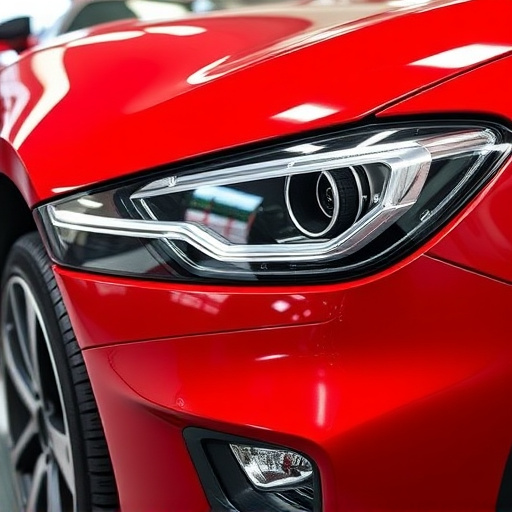
Loaner vehicle collision repair is a specialized process that plays a crucial role in ensuring efficient and timely restoration of electric and hybrid vehicles after an accident. Understanding this process is essential for both repair shops and car owners. The initial step involves thorough inspection of the damaged vehicle, where skilled technicians assess the extent of the harm to components like battery systems, power trains, and high-voltage wiring—a task that demands expertise in these unique vehicle types.
Once the damage is accurately identified, the repair process begins with a series of precise steps tailored to each specific model. This may include car paint repair to restore the exterior to its original condition, tire services to replace or fix punctures, and comprehensive car repair services addressing structural damage. The ultimate goal is not just to return the vehicle to roadworthiness but also to maintain the advanced technology and safety features that define electric and hybrid vehicles.
Challenges and Solutions in Electric/Hybrid Repairs
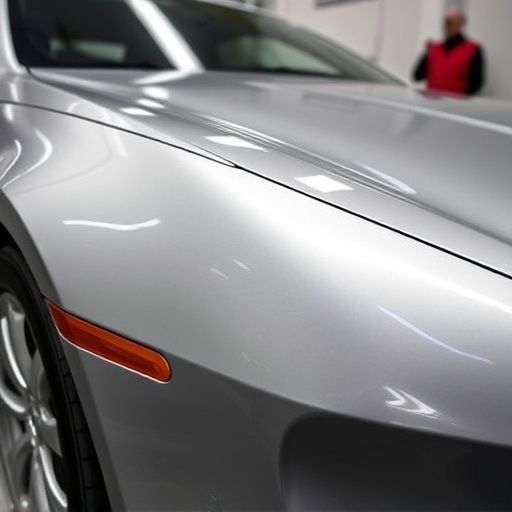
When it comes to loaner vehicle collision repair for electric and hybrid vehicles, several unique challenges set these cars apart from their conventional counterparts. One of the primary difficulties lies in the intricate electrical systems and high-voltage components present in electric and hybrid powertrains. Accurate diagnosis and safe handling of these systems require specialized tools and training, as any mistake could lead to safety hazards or costly damage.
The solution lies in equipping auto body shops with the necessary expertise and resources for electric and hybrid repairs. This includes hiring certified technicians trained in advanced electrical systems and investing in state-of-the-art equipment designed for these specific vehicle types. Moreover, establishing robust safety protocols and utilizing specialized loaner vehicles tailored to electric and hybrid models can significantly streamline the collision repair process while ensuring customer satisfaction and vehicle safety.
Best Practices for Efficient Loaner Service Operations
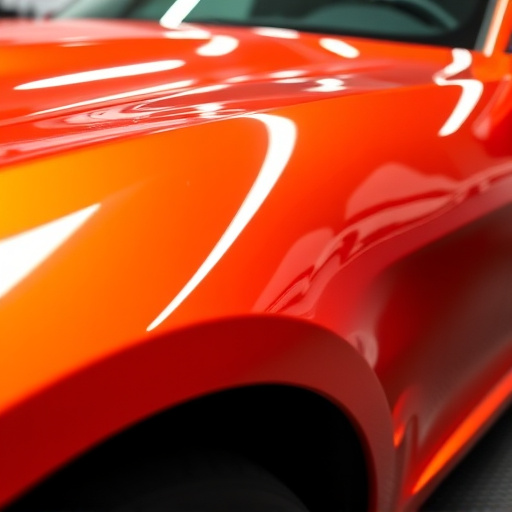
Efficient loaner service operations are paramount in the realm of electric and hybrid vehicle collision repair. To streamline processes, shops should prioritize organization and standardization. Implementing a structured system for assigning and tracking loaner vehicles ensures their availability when needed, minimizing delays for both customers and technicians. Regular maintenance schedules for these vehicles are crucial to prevent breakdowns, enhancing customer satisfaction.
Additionally, focusing on swift and effective dent removal and car scratch repair techniques is essential. Modern tools and training in emerging technologies can significantly reduce repair times. Well-maintained loaner fleet vehicles, with their aesthetic appeal after repairs like dent repair, can serve as a testament to the shop’s professionalism. This approach fosters trust among customers, enhancing the overall perception of the repair service provided.
Loaner vehicle collision repair plays a vital role in ensuring efficient and timely service for electric and hybrid vehicles. By understanding the unique processes, addressing challenges head-on, and adopting best practices, repair shops can enhance their operations. This not only benefits businesses but also contributes to reduced downtime for vehicle owners, making loaner services an indispensable aspect of modern automotive care.
